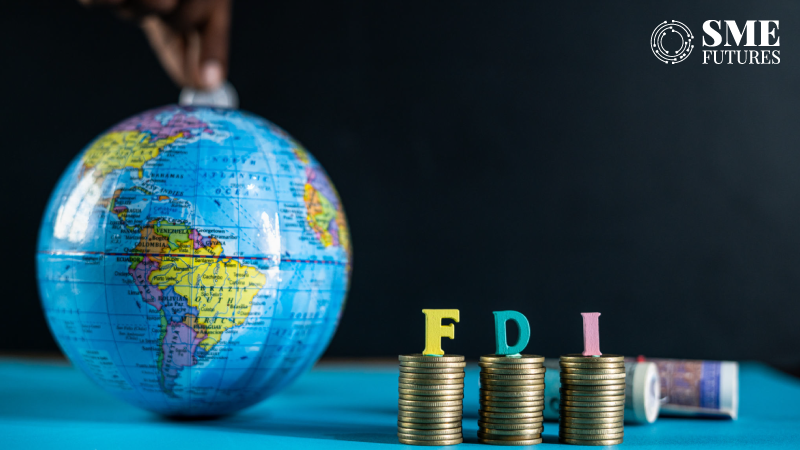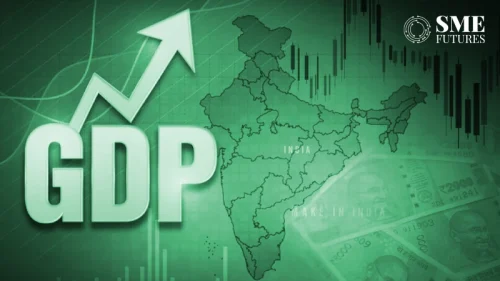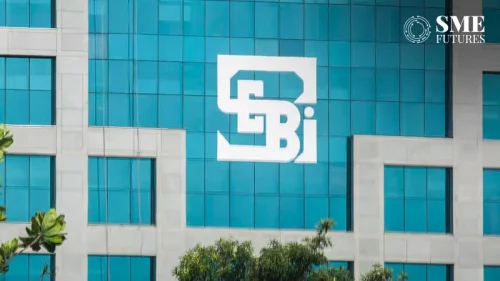India retained its status as an attractive destination among a set of developed and developing economies, as the 5th largest recipient of FDI (foreign direct investment) in the April-June quarter, said the monthly economic report of the Department of Economic Affairs, Ministry of Finance.
According to the report released on September 17, during Q1 of 2022, India was the 5th largest recipient of FDI among the defined set of developed and developing economies, as a buoyant growth outlook coupled with steady improvement in ease of doing business and supportive government policies retained India as an attractive business destination.
The momentum has sustained in Q2 of 2022 as well with FDI inflows of US$ 16.1 billion. India’s exports grew at the second highest rate in this quarter despite the ongoing global slowdown, indicative of strong demand for Indian goods.
India’s forex reserves were the 3rd largest as compared to other economies, adequate to cover 9 months of imports, which is higher than most of the other economies. High foreign exchange reserves, sustained foreign direct investment, and strong export earnings have provided a reasonable buffer against the monetary policy normalization in advanced economies and the widening of the current account deficit arising from the geopolitical conflict.
The report says that after recovering from multiple waves of COVID-19 and the negative spillover of the Russia-Ukraine conflict, strong economic growth in Q1 of 2022-23 has helped India go past the UK to become the world’s fifth-largest economy. The real GDP in Q1 of 2022-23 is now nearly 4 per cent ahead of its corresponding level of 2019-20, marking a strong beginning to India’s growth revival in the post-pandemic phase.
In the next three quarters of the current year, India’s real GDP needs to grow by (only) 5.4 per cent on average every quarter to achieve the growth rate of 7.2 per cent in 2022-23 as projected by the RBI. Department of Economic Affairs report said the contact-intensive services sector is likely to drive growth in 2022-23 building on the release of pent-up demand and near universalization of vaccination. A sharply rebounding private consumption backed by soaring consumer sentiments and rising employment will sustain growth in the months ahead.
Also Read: India emerge as investment destination with China slow down: SBI Report
According to the report, an increase in private consumption and higher capacity utilization in the current year has further reinvigorated the Capex cycle to take the investment rate in Q1 of 2022-23 to one of its highest levels in the last decade. The crowding-in of private investment has also been assisted by rising capital expenditure of the government that until August 2022-23 has been 35 per cent higher than the corresponding level of last year.











